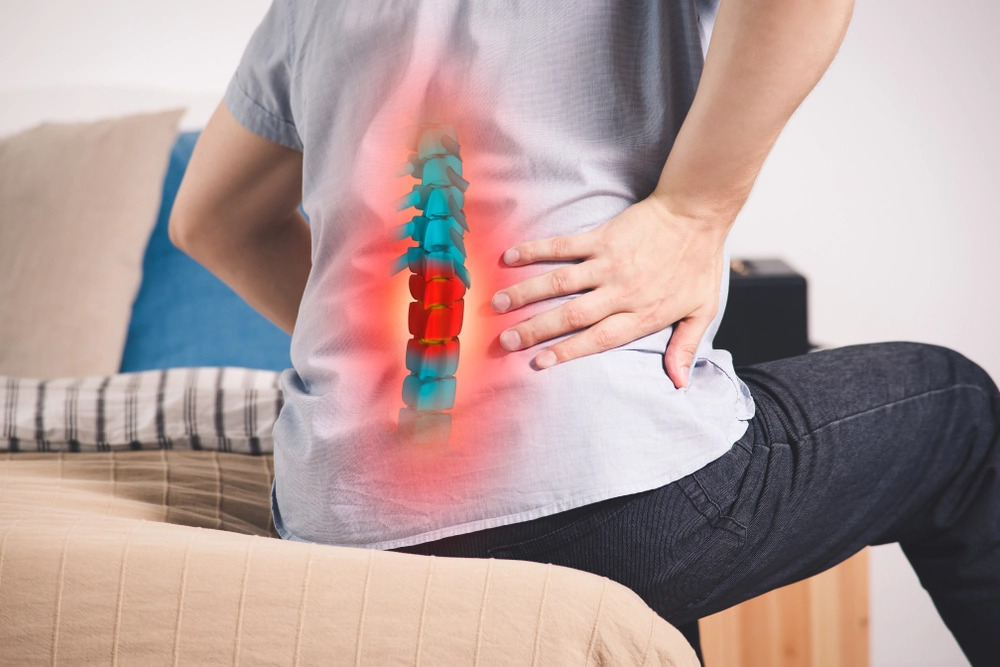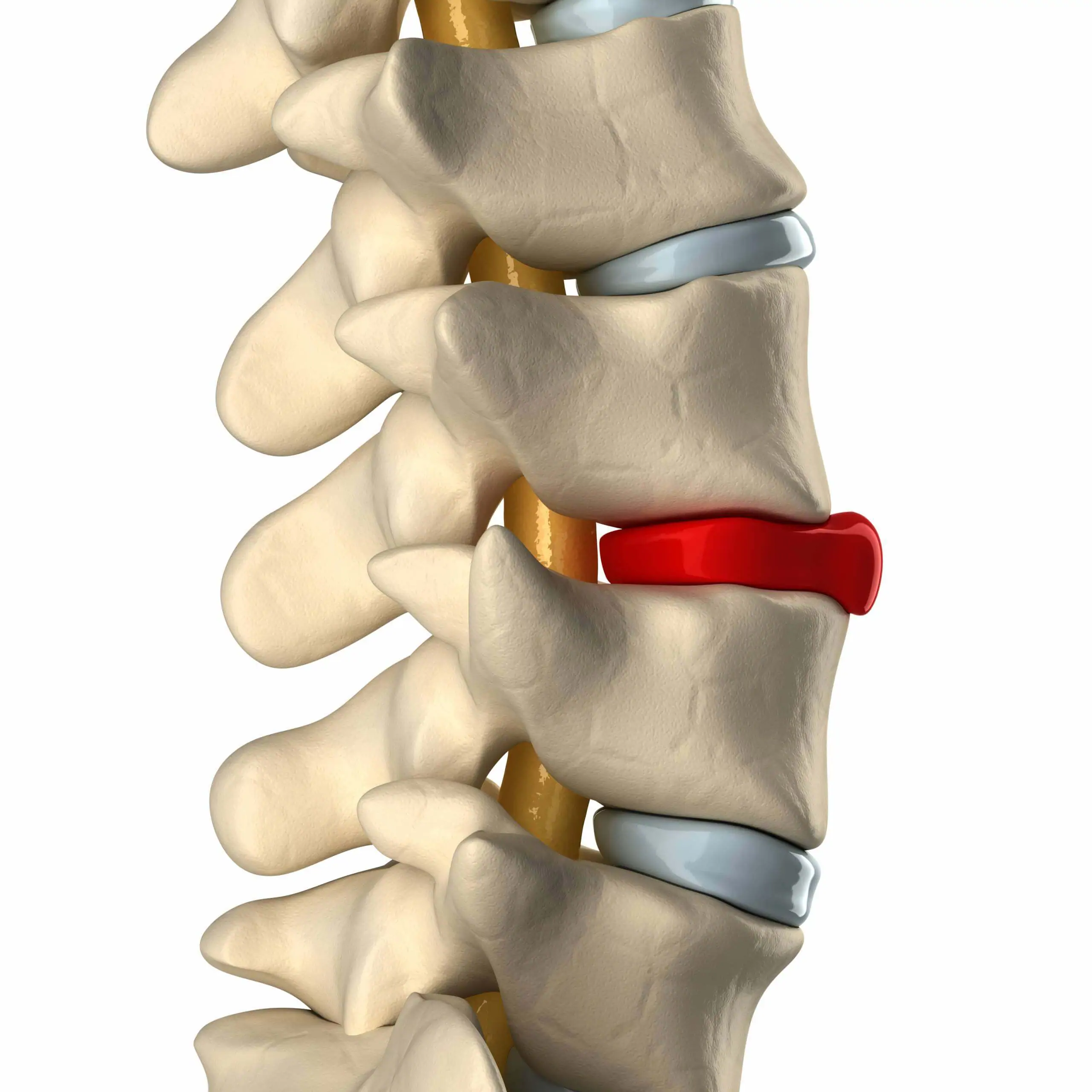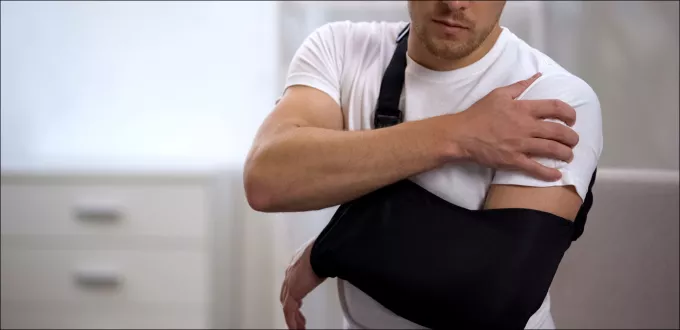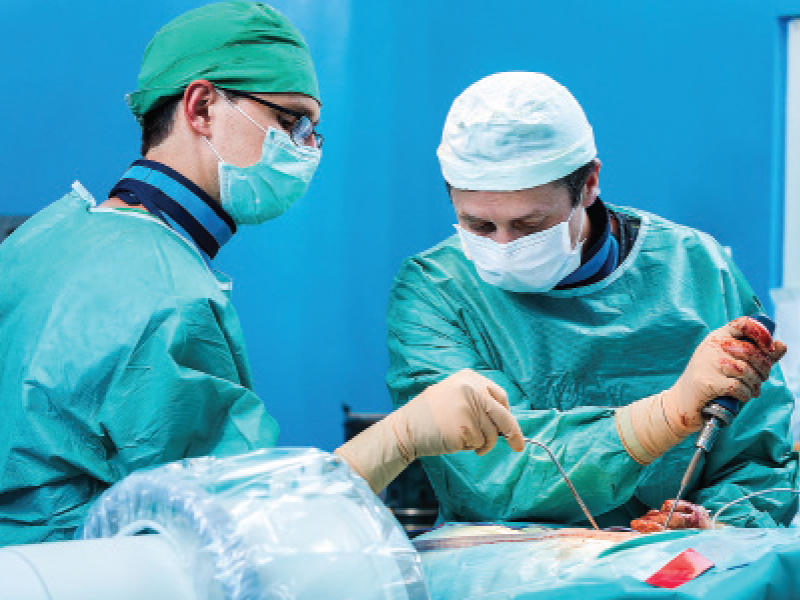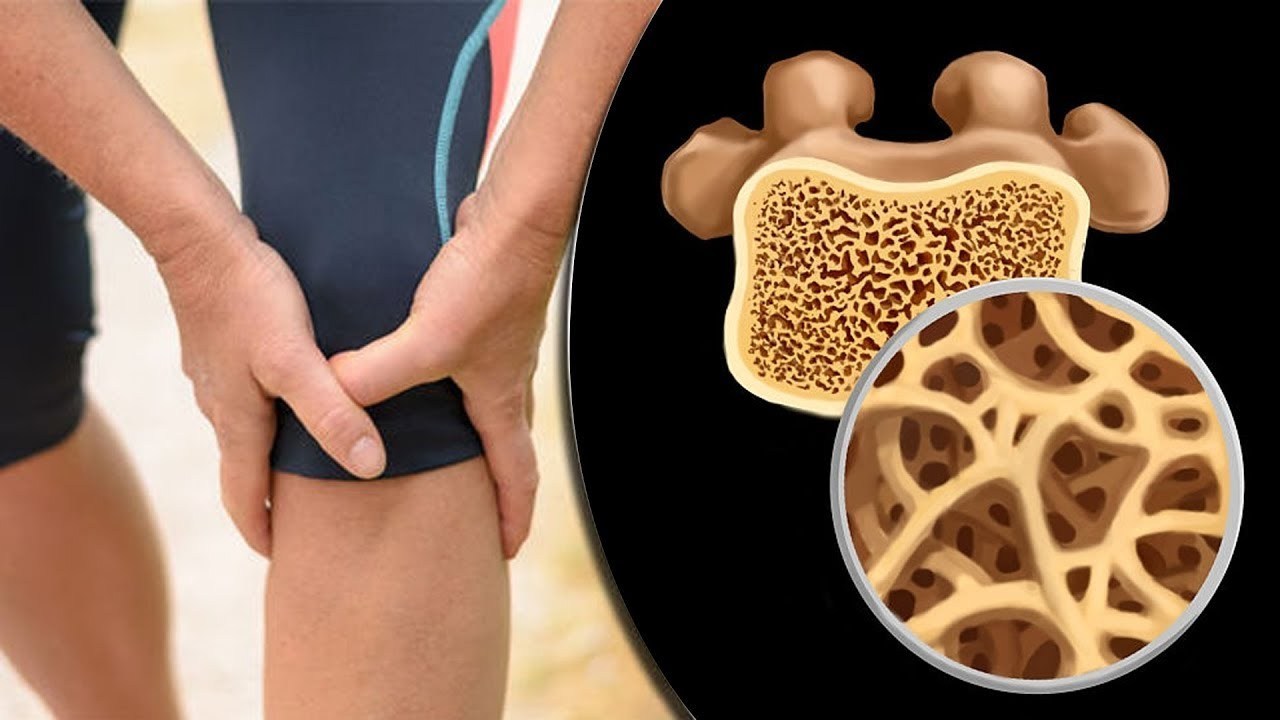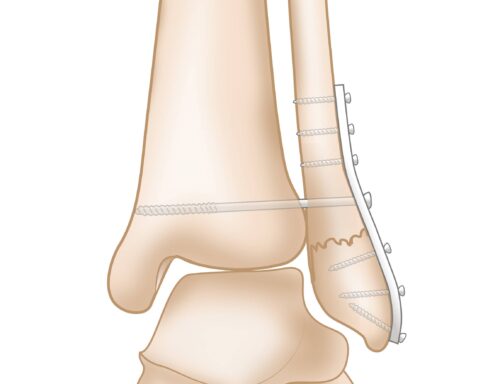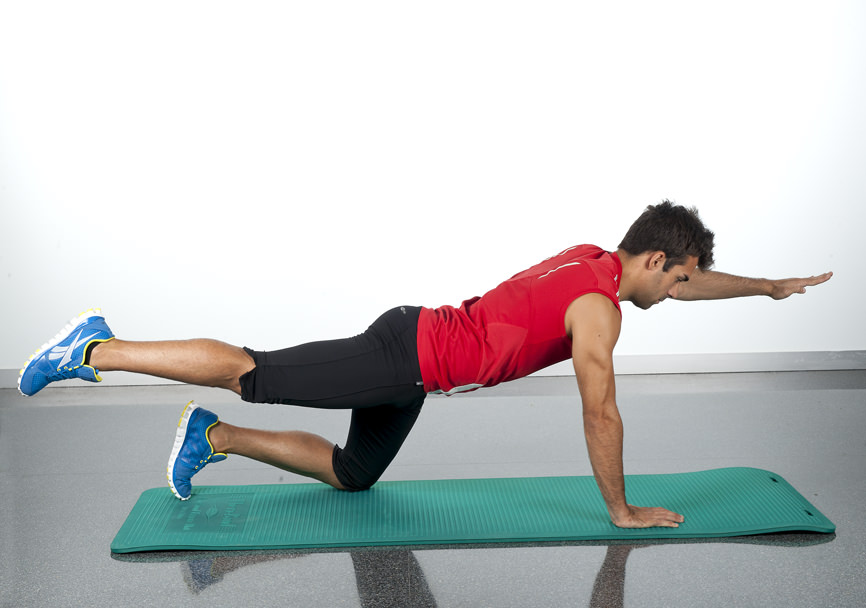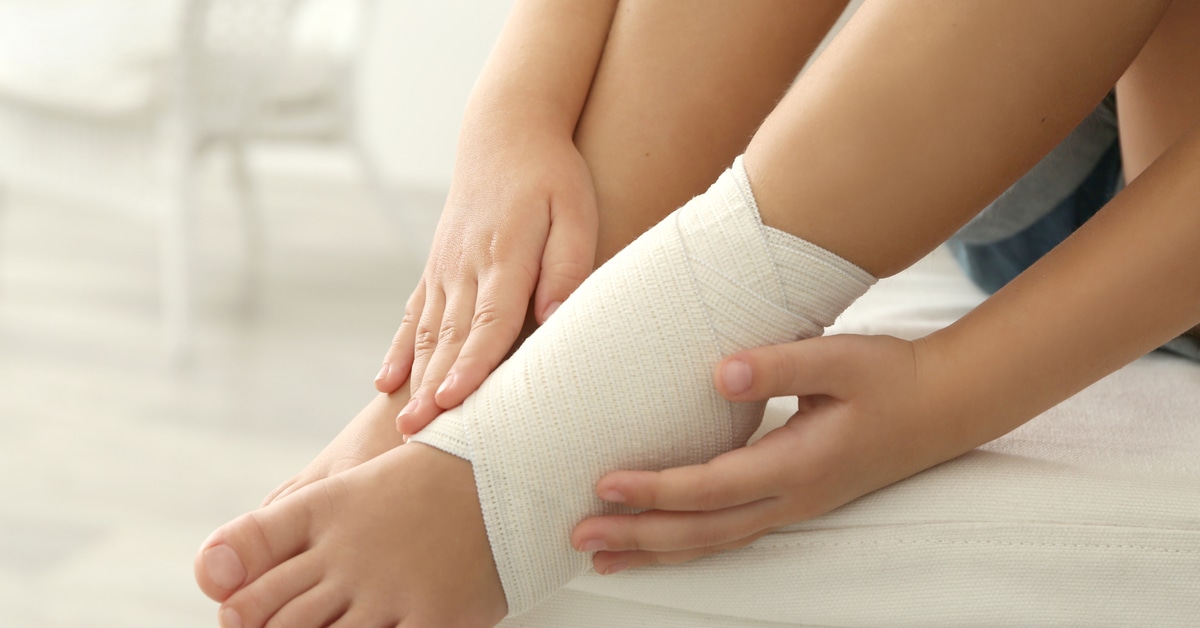What is a Herniated Disc, and Does Rest Help with Treatment?
What is a Herniated Disc?
Lumbar disc herniation, also known as slipped or ruptured disc, is a common condition that causes lower back and spinal pain. In this comprehensive list, we will discuss what lumbar disc herniation is, its causes, symptoms, and how to lift heavy objects with a lower back twist. Learn these fascinating facts about this painful condition:
What is Lumbar Disc Herniation?
- Lumbar disc herniation occurs when the discs between the vertebrae in the lumbar region are compressed.
- Herniation can happen in the neck or lower back, but we will focus on lumbar herniation here.
Causes of Lumbar Disc Herniation:
- Incorrect movements during work or exercise are common causes of lumbar disc herniation.
- Improperly lifting heavy objects can also lead to lumbar disc herniation.
- Excessive strain on the spine due to prolonged sitting or standing may increase the risk of lumbar disc herniation.
Symptoms Associated with Lumbar Disc Herniation:
- Severe pain in the lower back is one of the main symptoms of lumbar disc herniation.
- The pain may radiate to one or both legs and may be accompanied by numbness in that area.
- Sudden muscle spasms in the back or legs can also occur.
How to Lift Heavy Objects with a Lower Back Twist:
- To avoid lumbar disc herniation while lifting heavy objects, follow some important guidelines.
- Before lifting, gently bend at the knees with a straight back.
- Secure heavy objects close to your body and use your strong muscles to lift instead of your back.
- Avoid twisting while lifting heavy objects and use a pushing motion instead.
Preventing Lumbar Disc Herniation:
- To prevent lumbar disc herniation, maintain good posture while sitting, standing, and lifting.
- Regularly perform core-strengthening exercises and spinal stretching exercises.
- Avoid strenuous movements and excessive strain on the spine. Ensure you get an adequate amount of rest and quality sleep.
In summary, lumbar disc herniation is a common condition that causes lower back and spinal pain. It can be avoided by adopting a healthy lifestyle and engaging in appropriate exercises. If you are experiencing symptoms of lumbar disc herniation, it is advisable to visit a doctor for diagnosis and appropriate treatment.
Can Lumbar Disc Herniation Heal?
Lumbar disc herniation is a common health condition that affects many people. Many may wonder if this condition can fully heal. In this article, we will explore potential methods for treating lumbar disc herniation and the possibility of recovery.
Natural Treatment:
Physical therapy is considered one of the first options for treating lumbar disc herniation. This treatment involves various methods such as physical therapy exercises and localized massage. The aim of physical therapy is to reduce back and leg pain and improve the overall condition of the spine.
Medications:
Pain relievers and anti-inflammatory medications are other options for treating lumbar disc herniation. These medications can help alleviate the pain and swelling associated with the condition. However, it’s important to consult a doctor before taking any medication and follow the recommended dosages.
Injections:
If natural treatment and medications do not improve the condition, injection therapy may be another option. Injections are used to reduce the inflammation associated with lumbar disc herniation. However, this treatment should be administered under the supervision of a specialist.
Surgery:
In cases where none of the above methods are successful, surgery may be the only available solution. Surgical removal of the damaged disc is performed to relieve pain and improve the condition of the spine. However, this decision should be made after consulting a specialist and a thorough evaluation of the case.
Although there are several ways to treat lumbar disc herniation, complete recovery from this condition is rare. While significant pain relief and improvement in the spine’s condition can be achieved, ongoing treatment and maintaining a healthy lifestyle may be necessary to preserve the results.
In conclusion, patients should consult a specialized doctor to assess their condition and determine the appropriate treatment. Treatment may require time and patience, but significant improvement in lumbar disc herniation can be achieved.
Is Lumbar Disc Herniation Dangerous?
Here is a list outlining the risk of lumbar disc herniation:
Common Condition: Lumbar disc herniation is considered a common condition affecting individuals in mid-life. Therefore, it’s important to be aware of the associated risks.
Symptoms and Treatment: Lumbar disc herniation can cause painful symptoms and reduced mobility. It can be treated through non-surgical methods such as physical therapy and strengthening the muscles around the spine. However, in more severe cases, spinal fusion surgery may be the recommended solution.
Spinal Fusion: Spinal fusion is one of the surgical interventions used to treat lumbar disc herniation. This method involves inserting a spacer at the site of the herniated disc to stabilize and strengthen the spine.
Causes of Herniation: Lumbar disc herniation typically occurs due to weakened neck and back muscles, which serve as the primary support for the spine. It can also result from congenital defects or severe spinal stress or injury.
Prevention and Treatment: Individuals suspected of having lumbar disc herniation should follow the recommended prevention and treatment instructions provided by doctors. Strengthening the muscles around the spine and avoiding improper movements during work or exercise are crucial.
Need for Surgery: It’s important to note that most people with lumbar disc herniation and symptomatic cases do not require surgery to correct the problem. In many instances, symptoms associated with lumbar disc herniation can be treated effectively with non-surgical therapies.
We must remember that this information is just facts and cannot replace professional medical advice. If you have any symptoms that suggest the possibility of lumbar disc herniation, you should consult a specialist doctor to accurately assess your condition and guide you toward the appropriate treatment.
Can Lumbar Disc Herniation Cause Paralysis?
Lumbar disc herniation is a common condition that affects the spine and can cause back pain. Among the most common causes of this condition is lumbar disc herniation, which occurs when the intervertebral disc slips from its normal position in the lumbar spine. This slip can lead to paralysis in the lower part of the leg and may result in reduced sensation in the upper thigh and its vicinity.
Back pain and spinal column issues are common health problems for many individuals, and lumbar disc herniation can be a significant contributing factor to these pains. Lumbar disc herniation occurs when the lumbar discs, located between the vertebrae, move out of place, causing pressure on the surrounding nerves and tissues.
When lumbar disc herniation occurs in the lower lumbar region, it can affect the spinal cord and the nerves that supply the legs. This can result in numbness and stiffness in the legs, and in advanced cases, it may lead to paralysis. It’s important to note that lumbar disc herniation in the cervical spine can affect the spinal cord in the neck, potentially causing breathing problems.
Studies indicate that the likelihood of lumbar disc herniation increases with age. While genetic factors may play a role in the development of this condition, the primary causes of lumbar disc herniation are related to aging and the long-term effects of pressure and stress on the spine.
It is evident that lumbar disc herniation can lead to paralysis in advanced cases, especially when the spinal cord is affected. Therefore, it is crucial to identify the factors contributing to this condition and take necessary measures for prevention. Consultation with a doctor is necessary if symptoms such as persistent back pain, leg numbness, and paralysis occur, as these may be signs of lumbar disc herniation that require immediate assessment and treatment.
What Are the Symptoms of Lumbar Disc Herniation?
Widespread Pain: Pain is one of the most common symptoms of lumbar disc herniation. The pain can extend from the lower back to the leg if the herniation is in the lumbar region of the spine. If the herniation is in the cervical region, the patient may experience pain radiating from the neck to the arms or fingers.
Severe Pain: The pain resulting from lumbar disc herniation can be extremely severe, requiring immediate medical intervention in some cases. Severe pain can significantly impact the patient’s life, making it difficult to perform daily activities and move around.
Numbness and Muscle Weakness: Patients may experience numbness in the legs or feet along with muscle weakness. This is due to the pressure on the nerves caused by lumbar disc herniation, leading to muscle and nerve damage.
Continuous Pain: Continuous lower back pain is a common symptom of lumbar disc herniation. This pain can range from moderate to severe and may worsen with movement or stress.
Feeling Intermittent or Continuous Back Pain: Patients may experience intermittent or continuous back pain. This pain may worsen when engaging in physical activities or movements and may be accompanied by a sensation of numbness, tingling, or discomfort in the affected area.
Other Symptoms: Patients may have difficulty moving, especially when performing strenuous or sudden movements. They may also feel the pain radiating to the hips and buttocks and may experience muscle spasms in the affected area.
These are some common symptoms of lumbar disc herniation. Patients should seek medical consultation and undergo the necessary tests to determine an accurate diagnosis and establish an appropriate treatment plan.
How Should a Lumbar Disc Herniation Patient Sleep?
- Sleeping on the Back: Patients can use a thin pillow under their head and a pillow under their knees for support. This position is considered one of the best sleeping positions after lumbar disc herniation surgery, as it helps alleviate pain and reduces the risk of disc herniation.
- Sleeping on One Side: Patients can sleep on either their right or left side, placing a pillow under their head and another between their knees. This position helps align the spine and reduces curvature, contributing to pain relief.
- Sleeping on the Stomach: Although not the preferred position, it can be comfortable for some patients. It is recommended that patients use soft pillows to support their neck and upper limbs to maintain spine alignment.
- Changing Positions: Patients are advised to change sleeping positions during the night, alternating between sleeping on their back and sleeping on both sides. This helps balance the muscles on both sides and reduces pressure on the nerves and discs.
- Choosing the Right Pillows: Selecting the appropriate pillows is crucial for patients with lumbar disc herniation. It is recommended to use a medium-sized pillow under the head and a pillow under the knees for support. An additional neck pillow can be used to provide the necessary support.
- Maintaining Proper Body Alignment: Patients should ensure proper body alignment during sleep, avoiding excessive arching of the back or neck. It is advisable to avoid positions that put pressure on the nerves and discs.
- Relaxation Before Sleep: Patients are encouraged to practice relaxation techniques before sleep, such as meditation or muscle relaxation, to relieve tension and psychological stress that may affect sleep quality.
- Consulting a Physician: Patients should consult with a specialized doctor before adopting any sleep position, as the doctor can provide proper guidance and essential advice for improving sleep quality and reducing pain.
It’s important for the patient to remember that these sleeping positions are general recommendations, and they may vary from person to person based on their health condition. Therefore, consulting a doctor before following any sleep advice or making changes to sleep positions is always advisable.
What Exercises Should Be Avoided for Lumbar Disc Herniation?
Many people suffer from lumbar disc herniation, a condition that causes severe back pain and reduced mobility. To avoid exacerbating the condition and alleviate pain, certain exercises that pose a risk to the spine and increase pressure on the disc should be avoided. Here are some exercises that are prohibited for lumbar disc herniation patients:
- Jumping Exercises: Jumping exercises such as rope jumping and high jumps should be avoided. These exercises exert tremendous pressure on the spine and have a negative impact on the affected disc.
- Squats and Deadlifts: Squats and deadlifts are common exercises in gyms, but they are prohibited for lumbar disc herniation patients. These exercises place significant pressure on the spine and can irritate the affected disc.
- Yoga Exercises: Despite their numerous benefits, some yoga exercises can be harmful to lumbar disc herniation patients. Exercises like neck stretches and sun salutations should be avoided as they increase disc pressure and pain.
- Sit-ups or Crunches: Sit-up or crunch exercises place significant pressure on the spine, making the disc more susceptible to damage. Therefore, these exercises should be avoided for lumbar disc herniation patients.
It is essential for lumbar disc herniation patients to avoid these prohibited exercises and consult their treating physician before engaging in any type of physical activity. Efforts should be focused on strengthening the muscles surrounding the spine and improving flexibility safely and appropriately.
Does Rest Help Treat Lumbar Disc Herniation?
Rest is the initial step in treating lumbar disc herniation, and patients are advised to relax and take a break. Taking a day or two of bed rest can help alleviate back or leg pain. However, prolonged bed rest should be avoided, as it can have negative effects on the treatment of lumbar disc herniation.
Exercise is an essential part of treating lumbar disc herniation, as it helps strengthen the supporting muscles of the spine and increases body flexibility and stability. Patients should gradually return to their normal activities after the period of disc herniation healing to avoid recurrence.
The recovery period for lumbar disc herniation takes about 4-6 weeks, and it’s worth noting that heavy lifting should be avoided, and assistance should be sought when needed. Cold and hot compresses can be used to reduce pain and inflammation.
On the other hand, massage or any form of physical therapy techniques do not help treat or fully recover from lumbar disc herniation. Direct massage on the herniated area can reduce the size of the herniation and affect the surrounding nerves.
In summary, rest is the first step in treating lumbar disc herniation, but caution should be exercised when resting for an extended period. Exercises that help strengthen the supporting muscles should be practiced, and a gradual return to normal activity is recommended. Cold and hot compresses can be used to alleviate pain. On the other hand, direct massage on the herniated area should be avoided.
Does Herniated Disc Affect Marital Relationships?
Marital relationships are among the most important human connections, influenced by various factors, including physical and psychological health. One of the diseases that can affect marital relationships is lumbar disc herniation.
Here are some effects that lumbar disc herniation can have on marital relationships:
- Pain and Issues During Intercourse: Lumbar disc herniation can cause pain and difficulties during intercourse. It leads to difficulty in movement and transitioning between sexual positions, resulting in discomfort and tension for the person with this condition.
- Impact on Sexual Function: The accompanying pain from lumbar disc herniation can affect the sexual function of the affected person. Intimacy can induce stress on the spine and muscles, affecting the ability to achieve and enjoy sexual intercourse.
- Impact on Daily Life: Persistent pain from lumbar disc herniation can prevent many patients from performing their daily tasks normally. Continuous pain and the resulting tension can affect the ability to carry out daily activities efficiently and comfortably.
- Psychological Impact: Individuals with lumbar disc herniation may suffer from negative psychological effects, such as depression and anxiety, due to the constant pain and restrictions imposed by the condition on their daily lives and marital relationships.
Therefore, it can be said that herniated disc directly affects marital relationships. Hence, individuals affected by lumbar disc herniation should take care of their health and follow their physicians’ advice to alleviate symptoms and improve the quality of their sexual and marital lives.
It is essential that the necessary treatment for lumbar disc herniation is comprehensive and aimed at long-term improvement, rather than just short-term pain relief. Treatment should include measures to strengthen the muscles surrounding the spine, improve flexibility, in addition to medication and physical therapy.
In conclusion, herniated disc significantly impacts marital relationships, and couples affected by this condition should work together to overcome challenges and effectively manage the symptoms.
What Are the Signs of Recovery from Herniated Disc?
Herniated disc is a condition that causes severe pain in the legs and feet, but there are signs that indicate the success of the treatment plan and recovery from this condition. If you experience four or more of the following signs, it is considered a positive indicator of recovery from herniated disc:
- Disappearance of Tingling and Numbness in the Legs: When the tingling and numbness sensation in the legs disappears, it is a strong sign of recovery from herniated disc.
- Relief from Pain in the Arms and Legs: When the pain in the arms and legs subsides, it is another indication of recovery from herniated disc. Severe pain in these areas is among the primary symptoms that diminish upon recovery.
- Cessation of Muscle Spasms: When muscle spasms that accompany herniated disc come to an end, it is a positive sign of improvement. Muscle spasms can be painful and cause muscle contractions, and when these symptoms vanish, it indicates improvement.
- Absence of Tingling and Numbness in the Arms or Legs: When the tingling and numbness sensation in the arms or legs disappears, it is a positive sign of recovery. Tingling and numbness are among the prominent symptoms that fade away upon recovery.
Recovery from herniated disc is a gradual process, and these signs indicate progress in the healing journey. However, it is essential to continue following the recommended treatment plan and consult with a healthcare professional for guidance throughout the recovery process.
Studies indicate that the final recovery rate from herniated disc pain can reach up to 90% within just 12 weeks. However, it’s important to remember that the complete recovery time may vary from person to person, and some individuals may need more time to experience immediate improvement in leg pain and alleviate the pain radiating down the leg.
Therefore, if you are suffering from a herniated disc, it’s crucial to continue with the treatment plan prescribed by your specialist doctor and pay attention to the signs indicating recovery. Don’t forget that rest and simple exercises can help accelerate the healing process and reduce pain.
